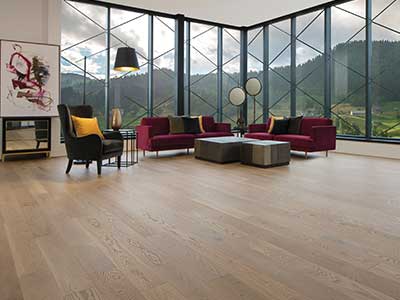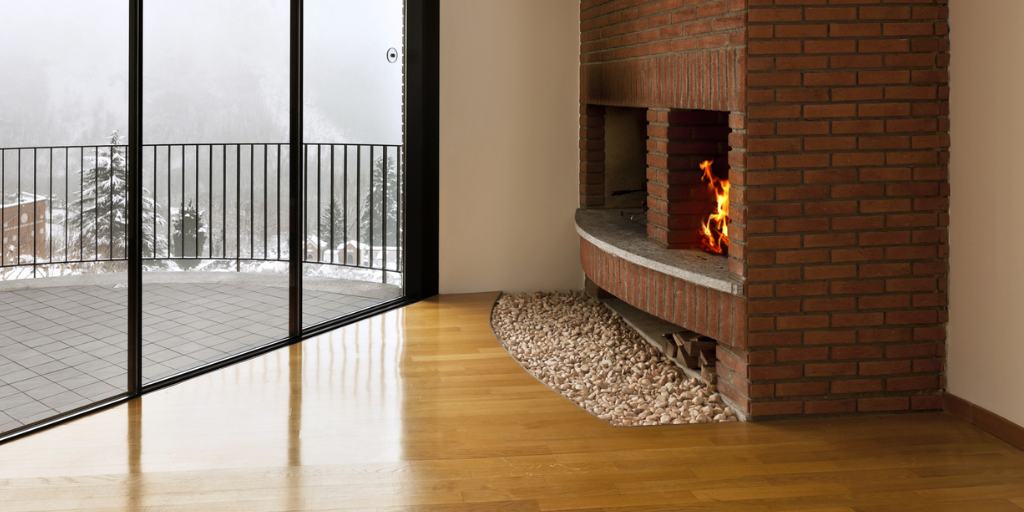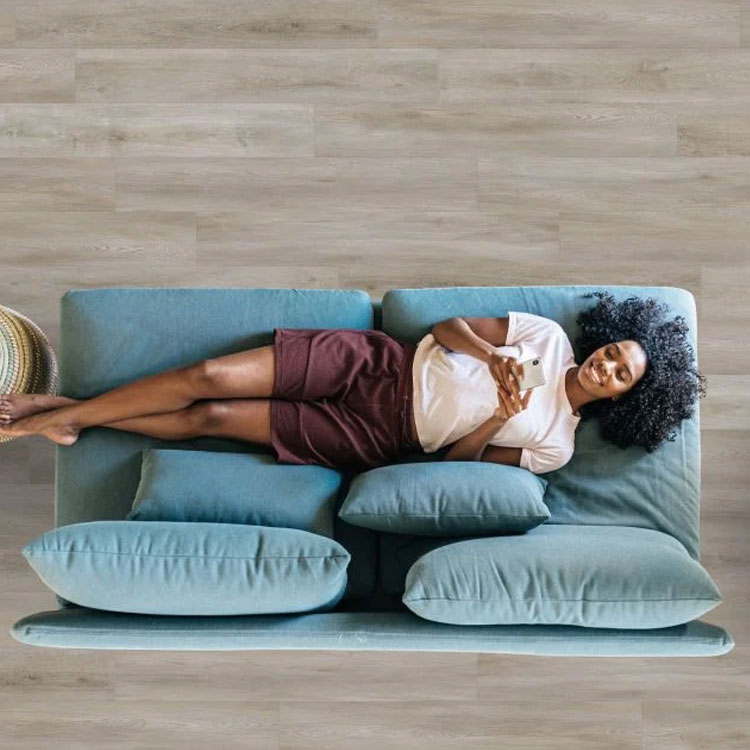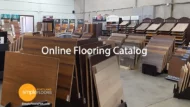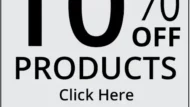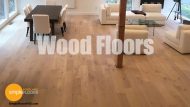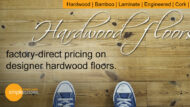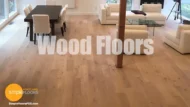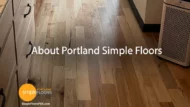Winter needs no introduction. It not only affects our daily routine and outdoor activities, but it also poses a significant challenge to our indoors–the floor to be specific. Statistics from “The Home Improvement Research Institute” indicate that seasonal variations significantly impact floors. This blog post will shed light on how to prepare different types of floors – hardwood, carpet, and luxury vinyl tile for the winter.
Protecting Hardwood Floors in Winter
Winter’s varying temperatures and humidity levels result in the contraction of hardwood floors, leading to gaps. As “This Old House” suggests, these gaps can impact not only the aesthetics of your home but also the lifetime of your hardwood floor. It is crucial to prepare and protect your hardwood floors during winter to minimize this damage.
To start, controlling the indoor humidity levels plays a prominent role. Humidity levels need to be maintained between 35% and 55%. This balance can be achieved by using a humidifier. It offers a simple, yet efficient way to control the humidity inside your home, thus safeguarding your hardwood floors from winter contraction.
Next, a thorough cleaning of your hardwood floors paves the way to stability. Use a cleaner specifically designed for wooden floors. These cleaners gently remove dirt and grime without causing any harm to the wood. Regular cleaning prevents the accumulation of winter dust and grime, thus securing the beauty and shine of your hardwood floors.
Finally, sealing your hardwood floors can add a protection layer against the cold weather conditions. A high-quality sealant proves beneficial for both the aesthetic value and structural integrity of the hardwood floor. Thus, pre-winter care for your hardwood floors comprises of maintaining humidity, cleaning, and sealing. Done right, these steps ensure your hardwood floors remain stunning and strong throughout the winter.
Giving your Carpet Some Winter Warmth
Winter brings its own set of challenges to carpets. Statistics from the “Carpet and Rug Institute” illustrate how high traffic and increased dirt during winter can lead to carpet deterioration. So, it’s paramount that you pay special attention to your carpets in this season.
First on the list for carpet care should be targeted vacuuming. Winter tends to increase indoor activity, and your carpet may bear the brunt of it. This leads to more accumulated dirt and dust on your rug. Regular vacuuming helps in eliminating these particles, ensuring your carpet stays clean and beautiful.
One effective solution is the use of door mats. You might be wondering why a door mat would matter in winter. Well, door mats can trap most of the dirt and moisture from shoes, acting as a barrier between the harsh winter elements and your precious carpets. So, having a sturdy door mat at every entrance can be a game changer.
To round off your carpet care, a session of professional carpet cleaning before winter can provide added longevity. This deep cleaning process can scrub out stubborn dirt and germs, providing a thorough clean that regular vacuuming might miss. Combining regular vacuuming, the use of door mats, and professional cleaning can ensure your carpet’s freshness and durability, even in the harshest winter.
Luxury Vinyl Tiles: Winter Protection
Luxury Vinyl Tile (LVT), a modern addition to many homes, also requires some attention when prepping for winter. Similar to hardwood, LVT is susceptible to damage from temperature shifts and indoor traffic. It’s crucial to safeguard these beautiful floors from the winter wave.
Firstly, thorough cleaning is a key point. Unlike traditional tile flooring, LVT calls for specific cleaning solutions. Utilizing a vinyl-specific cleaner will efficiently tackle grime without damaging the floor’s durability or sheen. Regular cleaning also helps preserve the beauty of your LVT floor throughout the winter.
Following cleaning, sealing the floor is the next step. Sealing provides an added layer of protection to keep your floor safe from the adverse effects of the cold. Remember to use a sealant designed specifically for LVT flooring. This will ensure maximum protection without compromising the floor’s aesthetics or longevity.
Last but not least, home owners should focus on maintaining humidity levels. Keeping the indoor humidity between 35% and 50% helps to prevent the contraction and expansion of LVT. Equipped with these steps, your LVT floors can power through winter, retaining their luxe and shine.
Winterproofing Engineered Flooring:
Engineered flooring, a popular, modern home design, also demands unique care during the winter months. Engineered flooring is constructed to resist extreme changes in temperature and humidity, but even these floors enjoy a bit of thoughtful maintenance to keep them at their best. The busy winter season, coupled with the constant battle against chill air and increased indoor heating, makes this period important for floor care.
For proper winter maintenance, cleaning engineered floors with a microfiber mop or a vacuum designed for hard floors is recommended. It’s also critical to keep them dry, especially during snow or rain, to prevent any warping or fading. Sealing your engineered floor before winter can add a protective layer against moisture, aiding in keeping it robust and aesthetically pleasing throughout winter.
As we wrap up, it’s clear that preparing your floors for winter is a vital part of home maintenance. This holds true for a range of floor types, be it hardwood that requires meticulous humidity control, sealing, and cleaning, or carpets that ask for diligent vacuuming, the use of door mats, and professional deep cleaning. Luxury Vinyl Tiles and engineered flooring can also benefit from specialized cleaning, sealing, and a keen eye on humidity levels.
No matter the floor type, the goal remains the same – to preserve our floors’ longevity and aesthetic appeal. By taking these steps, you’re not just responding to the seasonal demands of winter, but you are also investing in the durability and beauty of your home. No winter should ever be a threat to your floor’s potential to shine.

